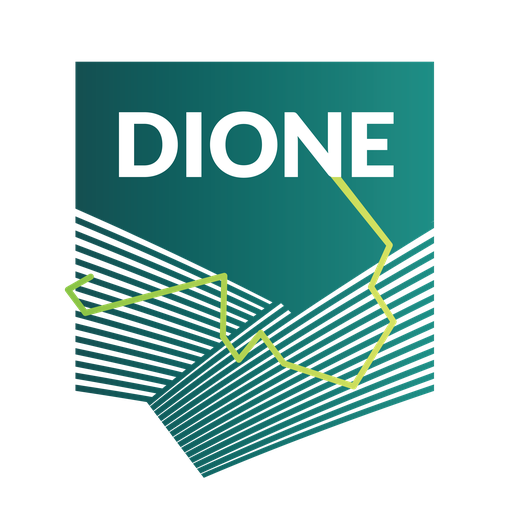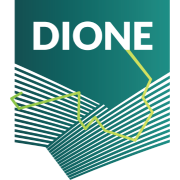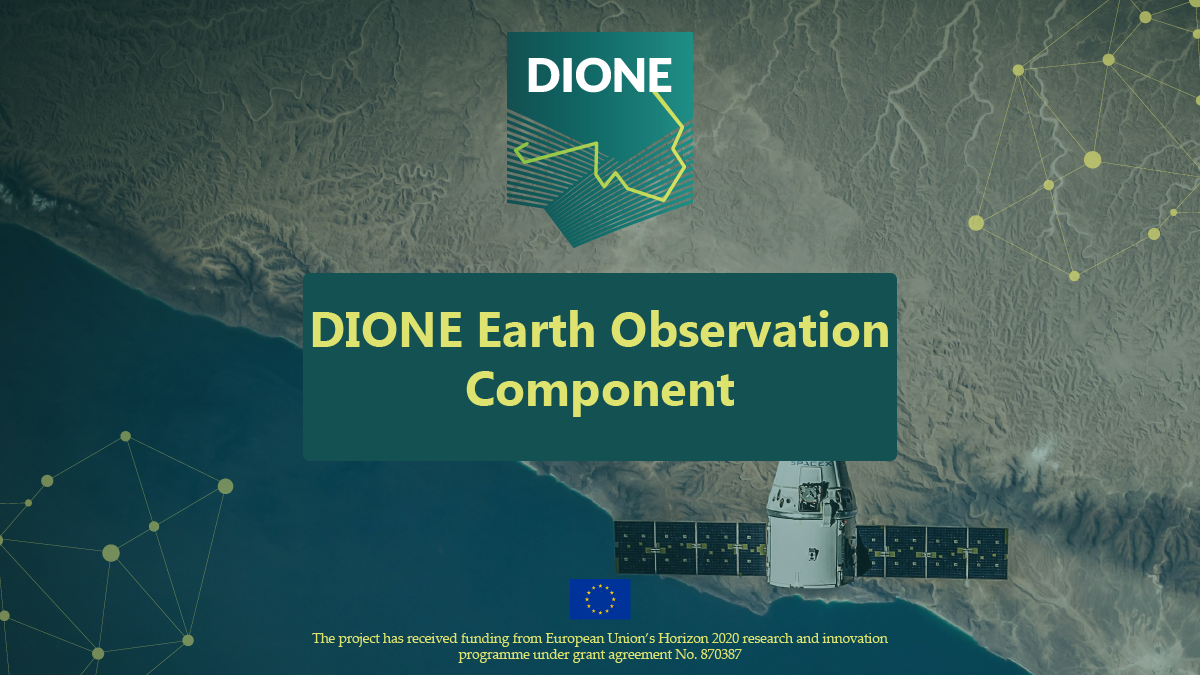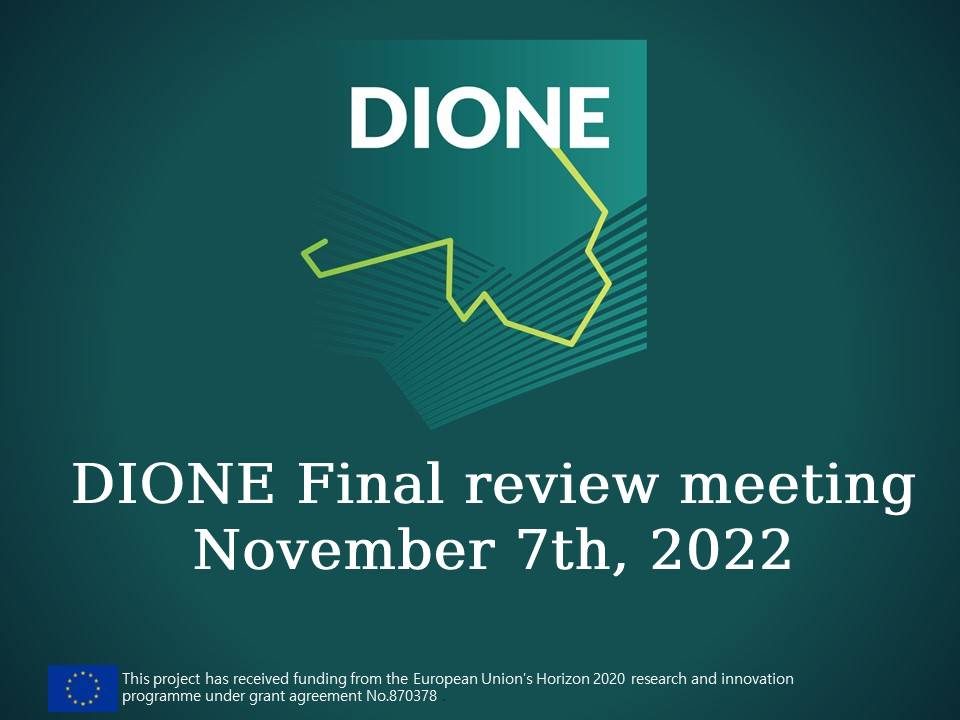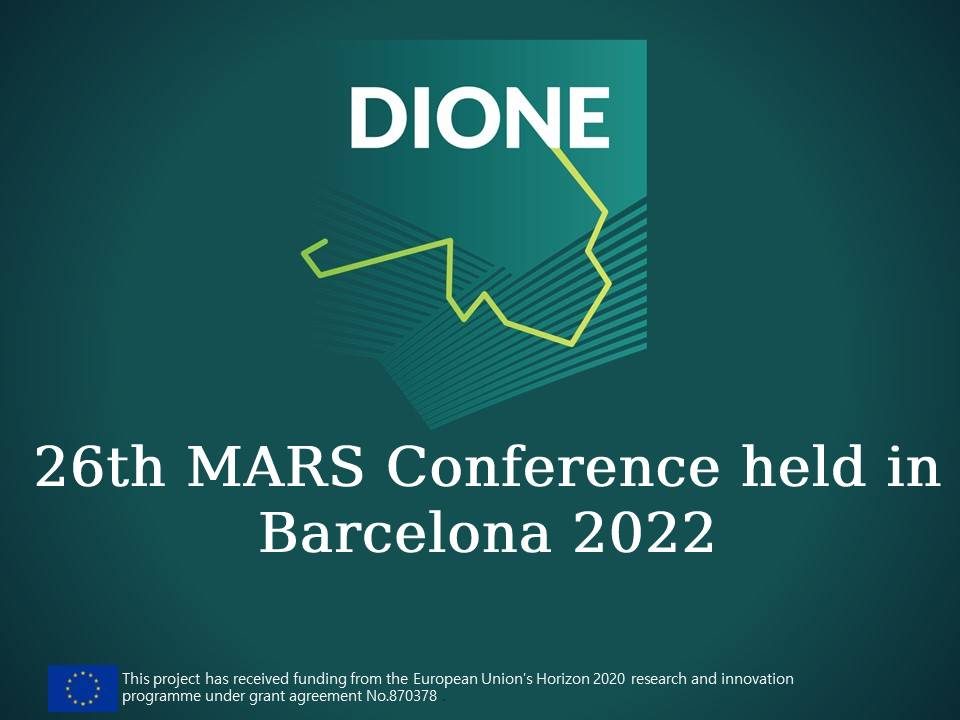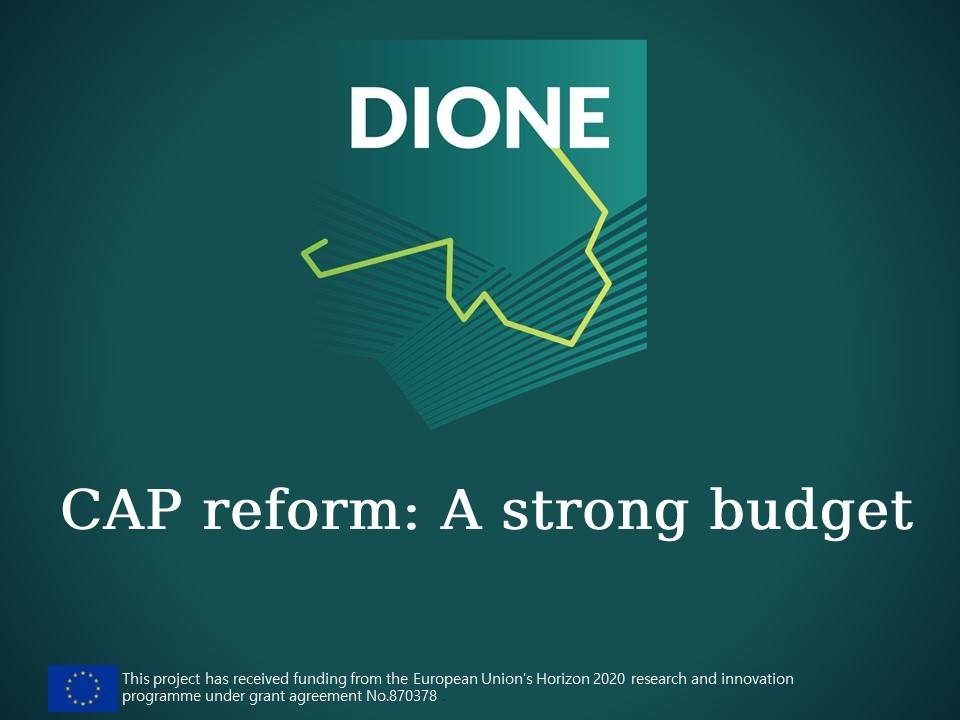
What DIONE will bring?
April 28, 2020
Interview with the National Paying Agency of Lithuania
April 28, 2020The use of Sentinel Hub in DIONE Project
The Sentinel Hub, a solution for archiving, processing and distribution of satellite data focused on Sentinel satellites but also supporting other data sources, is part of four out of five DIAS projects. For the purpose of DIONE project, the Sentinel Hub has been upgraded for agricultural use-case to extract information based on DIAS and further enable the production of marker, enhanced crop-type and non-productive EFAs maps. The upgrade is making the service more interesting for new market segments, such as governmental organizations. Recent launch of a new service providing easy access to very high-resolution data, such as Pleiades, is enhancing the main dataset in the core of the DIONE toolbox. It will be further enhanced through other complementary data sources, such as VHR images from drones.
One of the major upgrades of Sentinel Hub, planned within DIONE, is support for data fusion, allowing the usage of data from different data sources within the same processing cycle. Data fusion is opening a completely new world, engaging in complex data processing, which was until now possible only in Google Earth Engine, in an accessible fashion. Possibilities of use are endless - from better quality assessment of Sentinel-5P data (combining cloud and aerosol data sources), improved water detection (Sentinel-2 NDWI and Sentinel-1 response), daily interpolation of NDVI value for agriculture monitoring using Sentinel-2, Sentinel-3 and Landsat-8 data, wildfires (Sentinel-2 and Sentinel-5P), etc. Overall data fusion will make it possible to extract better accuracy of the result, one of the most significant limitations of Area monitoring in CAP.
Super-resolution modelling will be used to further exploit various satellite data provided by Sentinel Hub. This is a method where very high-resolution data (sub-meter resolution) with low temporal coverage (e.g. once per year) is combined with medium resolution data with high revisit time (e.g. Sentinels) in order to extract information from within one pixel, essentially improving the spatial resolution of Sentinel data by creating a model (prediction) based on machine learning concepts. The spatial resolution is especially important in CAP in countries with small farm parcels.
One of the major upgrades of Sentinel Hub, planned within DIONE, is support for data fusion, allowing the usage of data from different data sources within the same processing cycle. Data fusion is opening a completely new world, engaging in complex data processing, which was until now possible only in Google Earth Engine, in an accessible fashion. Possibilities of use are endless - from better quality assessment of Sentinel-5P data (combining cloud and aerosol data sources), improved water detection (Sentinel-2 NDWI and Sentinel-1 response), daily interpolation of NDVI value for agriculture monitoring using Sentinel-2, Sentinel-3 and Landsat-8 data, wildfires (Sentinel-2 and Sentinel-5P), etc. Overall data fusion will make it possible to extract better accuracy of the result, one of the most significant limitations of Area monitoring in CAP.
Super-resolution modelling will be used to further exploit various satellite data provided by Sentinel Hub. This is a method where very high-resolution data (sub-meter resolution) with low temporal coverage (e.g. once per year) is combined with medium resolution data with high revisit time (e.g. Sentinels) in order to extract information from within one pixel, essentially improving the spatial resolution of Sentinel data by creating a model (prediction) based on machine learning concepts. The spatial resolution is especially important in CAP in countries with small farm parcels.
